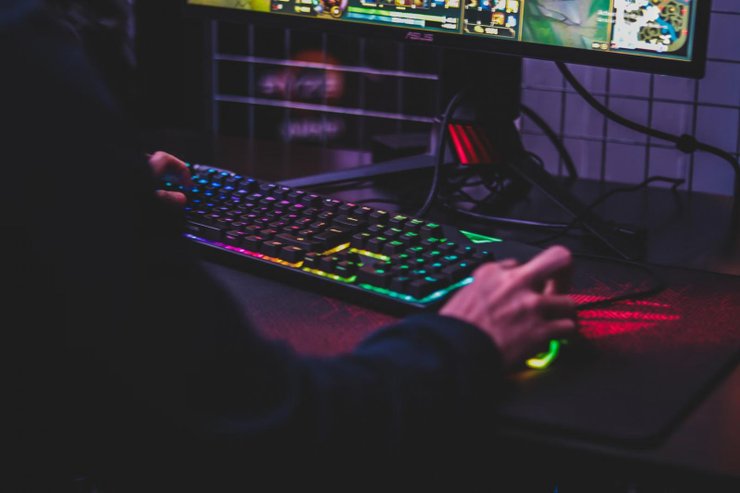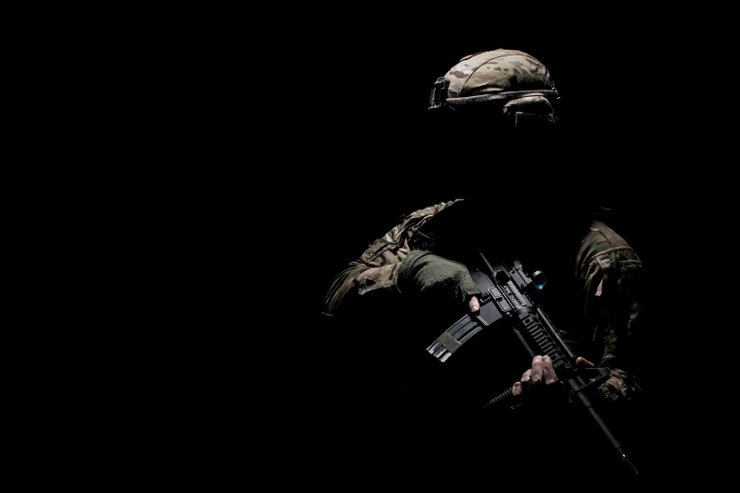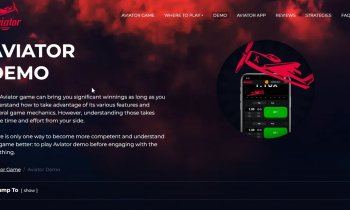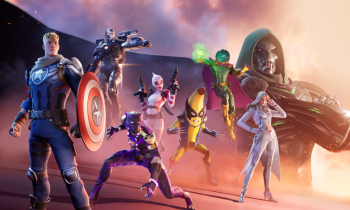
Besides the immensely popular MOBAs League of Legends and Dota 2, precious few esports can lay claim to being as influential and central to the sector as Counter-Strike: Global Offensive. Since its release back in 2012, Valve’s twitch-based shooter has come to be regarded as the world’s preeminent tactical FPS. With the biggest tournaments and most prestigious teams and players, CS:GO is among the most popular choices for use with offers and bonuses provided by bookmakers covering the industry. It has also seen off multiple challenges to its hegemony from newer titles such as Rainbow Six: Siege and Valorant.
And now, finally, after three years of development, the true inheritor to its throne is upon us. Counter-Strike 2 entered invitational beta testing in late March to huge fanfare among the CS:GO faithful and has been warmly received for its suite of critical updates, modernizations and quality of life improvements. Below we’re going to take a run down of the core changes you need to know.
Tick Rate Improvements
In the world of competitive esports, being able to deliver a lag-free and low latency gameplay experience is a critical component to providing a stable and fair playing field for gamers.
There are numerous factors that go into ensuring a game can run smoothly over the internet, and one of the more foundational aspects is tick rate. Simply put, tick rate is a measurement of the number of times per second a game’s servers update the current state of gameplay.
In a game like Counter-Strike, minute discrepancies between what individual players experience locally can result in missed headshots, ill-judged jumps and a decrease in overall situational awareness.
CS2 has introduced a new sub-tick latency protocol that brings it in line with modern games and will go a long way towards ensuring that you never miss a shot due to lag again.

This is something the community has been asking after for years, and while it does not go so far as to deliver the 128 tick rate of rival title Valorant, it’s a substantial improvement over previous iterations in the series.
Dynamic Smoke Grenades
Smoke grenades are a core part of Counter-Strike’s gameplay, and are used to obscure sightlines, control player movements and defend oneself when planting or defusing the bomb.
However, the outdated rendering on CS:GO meant that individual smoke effects did not look the same for all players, depending on where they were in relation to it. This caused issues of fairness, as certain angles would give gamers the opportunity to see through a smoke-screen.
Counter-Strike 2 has brought some critical advancements and improvements to the way smoke is rendered. It is now a dynamic 3D object that interacts with its immediate environment. That means that smoke cannot clip through walls, and can be used to fill corridors and other structural forms.
What’s more, CS2’s smoke is dynamic and reactive—this means it responds to player actions and in-game physics. This is a huge change, and means that players can now clear smoke with the use of grenades, or even through simply shooting at it.
Maps: Touchstone, Upgrades and Overhauls
Finally, CS2 has received a lick of paint that brings its graphics in line with modern next generation titles. The overall game is lighter, clearer and offers better contrast. Maps have also seen a visual overhaul, with legacy maps undergoing a range of adjustments and improvements.
The first of these is Touchstone. This is the least extensive level of redesign—maps getting the Touchstone treatment have been re-rendered with modern textures and visuals, but have largely been left unchanged from how they appeared in CS:GO.
Following this are Upgrades. Upgrade maps have improved next-gen lighting effects, and have been more thoroughly brought up to date with CS2’s new engine improvements.
Finally, we have Overhauls, which, as the name implies, are more extensive reworks or even total rebuilds of existing maps and will incorporate new features, areas and dynamic elements.














Comments